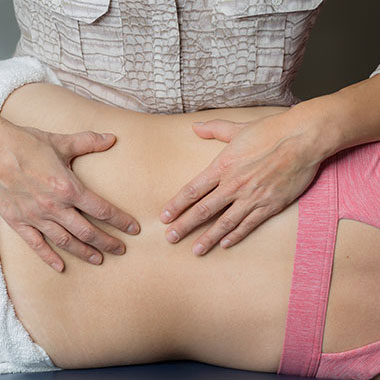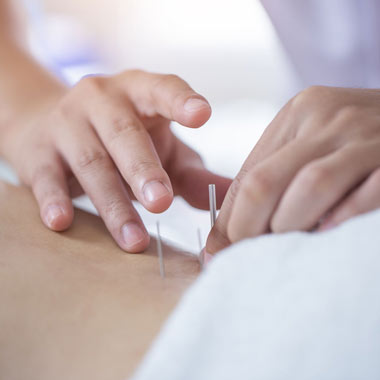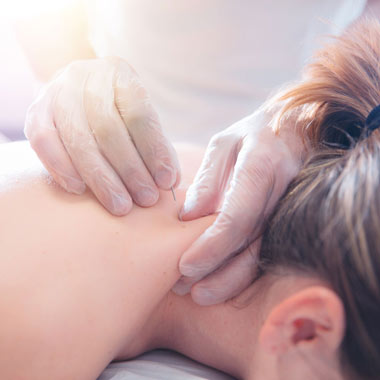Services
The Physio Group offers a full range of treatment services with particular interest in chronic neuromusculoskeletal pain, headaches, dizziness, and TMJ disorders.
Our Treatment Options
We draw from multiple therapeutic disciplines to generate customized treatment options for each individual. These include, but are not exclusive to, the following:

Manual & Manipulative Therapy
Manual therapy is a clinical approach utilizing specific hands-on techniques to diagnose and treat soft tissues and joint structures for the purpose of reducing pain, increasing range of motion (ROM), reducing or eliminating soft tissue inflammation, and improving soft tissue extensibility and repair.
Mobilizations are a manual therapy technique comprised of skilled passive movements to the joint complex that are applied at varying speeds and amplitudes. A manipulation is a small-amplitude/ high velocity thrust maneuver with the intent of restoring optimal motion, function, and/or reducing pain.

Acupuncture
Traditional Chinese Acupuncture is based on the diagnostic and clinical reasoning approach of Traditional Chinese Medicine. TCM is based on the concept of ill health and injury being a manifestation of imbalance in the body's energy flow, otherwise known as Qi. Acupuncture aims to correct imbalances of flow by the insertion of fine needles at appropriate acupuncture points within the meridian, or channels, in which Qi travels.
TCM acupuncture has been utilized as the principal form of treating illness in Asia since 3000 BC, and has been used to treat conditions such as osteoarthritis, headaches, migraines, chronic back and joint pain, asthma and lymphoedema successfully.
Western acupuncture is based on scientific reasoning and utilizes anatomy and neuro-physiology in the placement of acupuncture needles to provide analgesia and promote healing.

Intramuscular Stimulation
Intramuscular stimulation (IMS) is a form of needling used to reduce acute and chronic pain by releasing contracted and shortened muscles in the areas of injury to nerves and nerve endings. Prolonged minor irritation to nerves can cause it to malfunction in time, resulting in extreme sensitivity and exaggerated responses to harmless stimuli. This type of pain, known as neuropathic pain, is often perplexing as it is present when there is little sign of tissue damage or inflammation. These “invisible lesions” often frustrate patients as extensive medical imaging often show that “nothing is wrong.’



